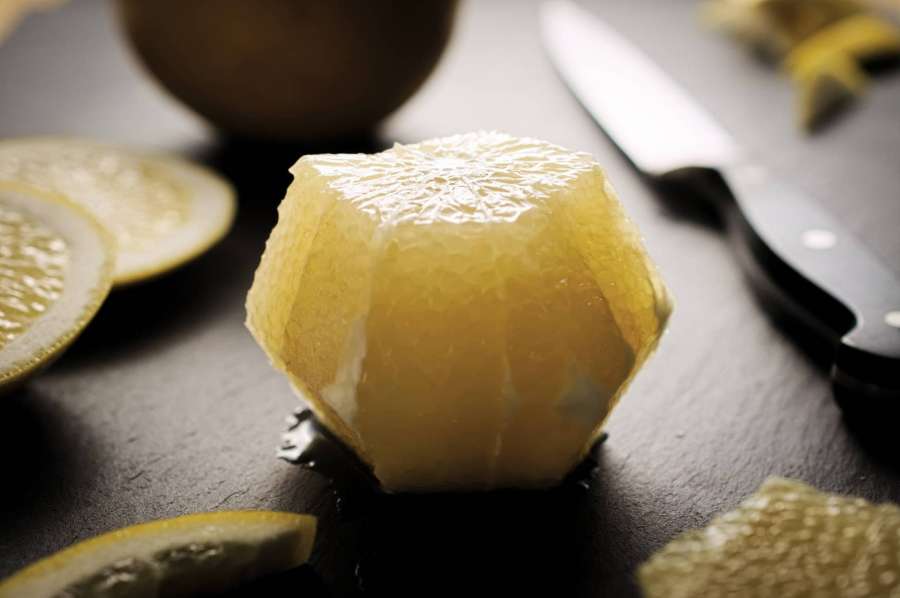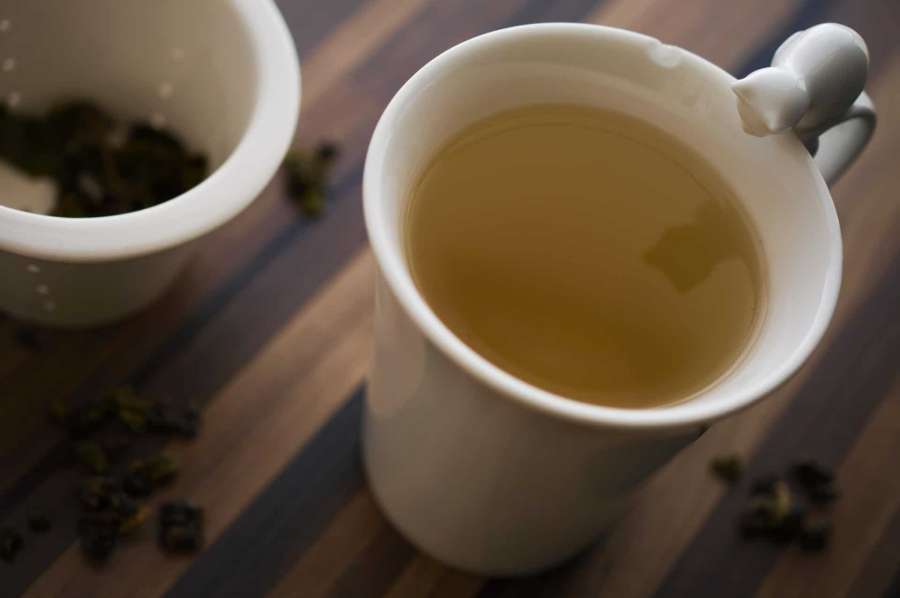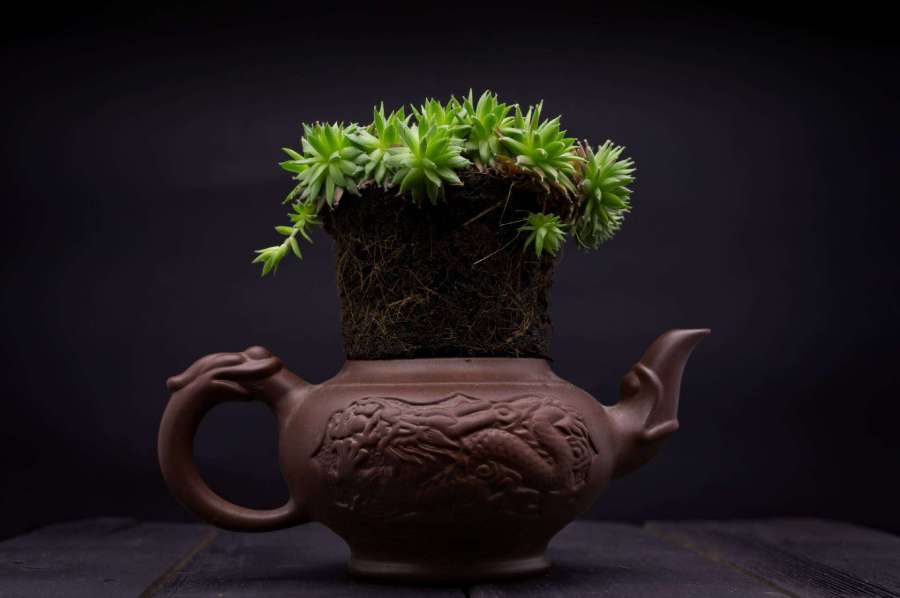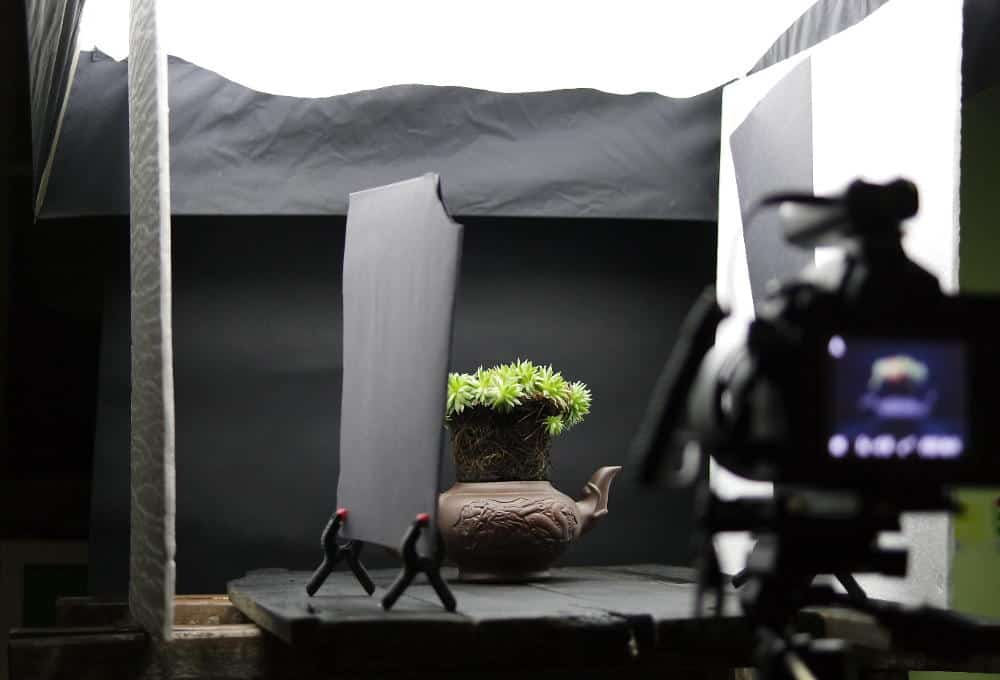It’s frustrating that our photos of people and objects usually don’t turn out the way our brains see them. A lot has been written and studied about the subject – I realize. However I would still like to present my answers, experience and findings to the question: why. And also how I try to apply these findings to my work – especially tabletop food and product photography. Although I do mostly tabletop, this holds true for every aspect of photography. So let’s begin:
Reflections are everything
While the saying that photography is all about light is true, it’s rather vague. Or at least it is misunderstood quite often. You need light – that’s a given, but what you are looking at in a photograph or photographing are actually reflections of that light. Unless your light source is in the frame, of course.
All surfaces reflect light in one way or another. It can either be a direct reflection (angle of incidence = angle of reflection), or diffuse reflection (reflects light in all directions, no matter the angle of incidence).
The fun (or frustrating) part: most of the reflections we see are a combination of both.

Surfaces reflect light … and also dark
Be mindful, that surfaces (not just metallic and glass) reflect both light and dark. That’s why we use black cards “to subtract light”. What we actually do is reflect that black card.
In the example below, a black card was added to the right of the image – the shadow side of the cup and the cat are actually a reflection of the black card.


Don’t trust your brain
Our brains are much better processors than those that even the best, newest cameras have.
It takes some practice to train your brain to at least somewhat see what the camera is going to see – the direction, highlights and shadows, etc.
I learned this the hard way: I used speed lights, which was more of a hit and miss thing. It took many “aha-s” and “oh-s” and “oh sh*t-s” to figure everything out. So my advice is to make things easier for yourself: for a start use a constant light source where you can actually see how the light is falling on your subject, or scene.
Another thing the brain does well is rendering color. This is why we usually see a pretty image in our brain and it turns pumpkin orange and ocean blue, both at the same time, in camera. Remember to always set the correct white balance. Ideally you should use a grey card if you have one. We live in a colorful world and most things will bounce light back into your image. The camera is usually spot on with auto white balance, but it can also be tricked into wildly miscalculating with some modern interior decoration styles. It’s better to play it safe.
Use live view (or even better: tether) for a general overview. But be careful: for proper exposure, you should always check the histogram.


Build your image
This one is simple. Right?
First handle the composition and the elements you’ll use in your image. Remember to always check the edges of the image. Then start building the reflections. Start with one light, position it so that it generally suits the look you’re aiming at. With that set try to find all the highlights and shadows. Then work your way around the image – what you like and what you don’t like, adding reflectors, bounce cards where it’s to dark or black cards, go-bo’s where it’s to bright.
Oh and – for full control over reflections you should mount your camera on a stand, so you’re always looking at it from the same position.

Troubleshoot unwanted reflections
This is a big one: Turn on a light in a room and everything turns into a bounce card.
Most of the time on every shoot I spend figuring out where the unwanted reflections are coming from, how to get rid of them, and how to keep things under control.
The reality is, we work in different environments, quite often limited with walls or other items, furniture nearby that bounce light back.
Unfortunately there is no universal solution. Reflections usually come from the most unexpected places … like a funny, hipster, green, meme shirt you happen to be wearing while wondering where that green cast is from and why it’s ruining your shot. To avoid such situations always dress in black. Yes, yes, I admit, in some (highly-reflective) situations, like the photo below, it’s better to dress in white, but in 99% of the situations dark is the way to go.

Tips by Luka M
To sumarize: Be mindful that everything reflects light. Also, surfaces reflect as much light as they do darkness. Try to work out the difference between the image in your brain and the one the camera makes. Build your image, start using just one main light source and then adding fill cards, black cards, etc. Troubleshoot unwanted reflections.
Last but not least, if you wish to learn more about reflections and lighting in general: I recommend studying – yes studying, it’s not exactly light reading – the book “Light: Science & Magic, An Introduction to Photographic Lighting”.
Thank you for reading. If you have any questions regarding the topic I’m reachable via lukam at nym dot hush dot com email address.

